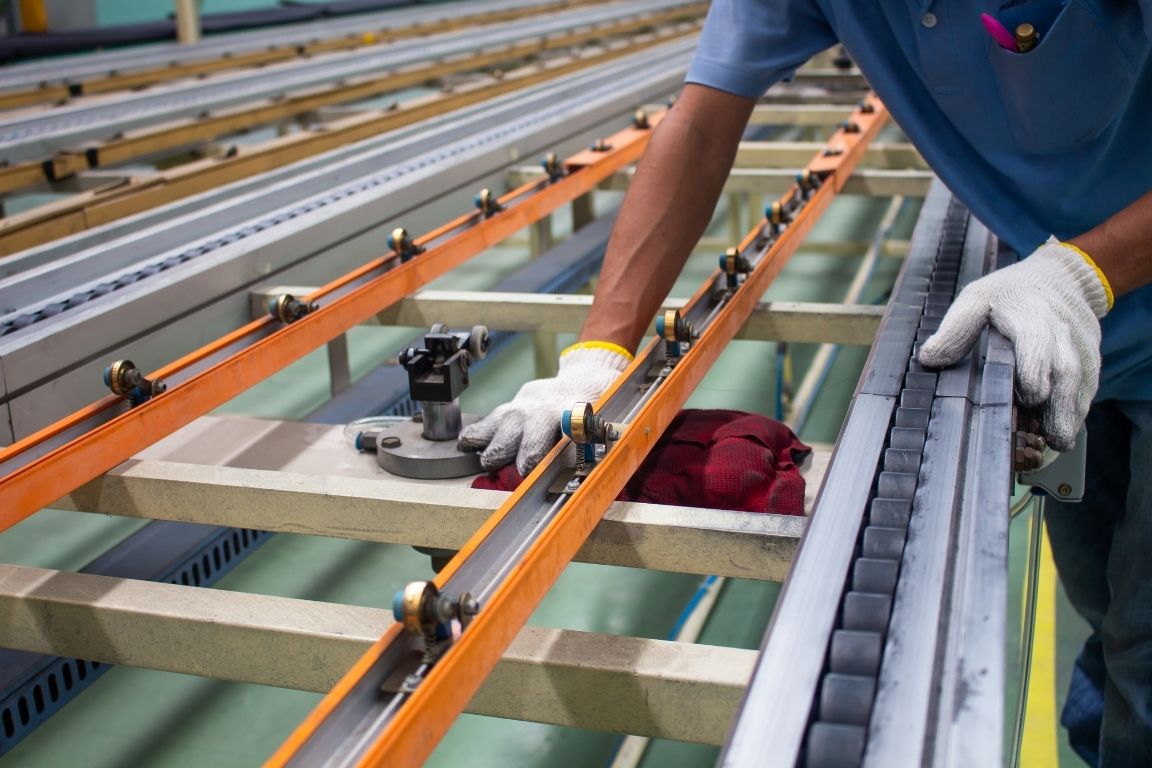When working with complex machinery, there is always the chance of possible manufacturing hazards. During food manufacturing processes, these hazards are most often caused by technical failures in conveyor belt systems and the breakdown of internal equipment gears. This blog will discuss some of the best tips for making food manufacturing safer and avoiding these workplace hazards.
Practice Routine Cleaning and Sanitization
Sanitization is perhaps the most critical element of ensuring safe food manufacturing. Failing to routinely and thoroughly clean manufacturing equipment could lead to serious food contamination. Poor sanitization can also cause damaging equipment buildup over time.
Manufacturing facilities can avoid these cross-contamination and machinery failures by establishing frequent and documented cleaning procedures. Documenting cleaning procedures for equipment is essential because it ensures that proper food safety management is being met. To confirm the safety of the food products, a factory audit by industry regulators should also be required.
All personnel working with food and manufacturing equipment should also be required to wear proper protective gear such as eyewear, gloves, and hairnets to prevent any transfer of bacteria or pathogens.
Train for Proper Machinery Use
Only trained employees should use and operate facility equipment. Employees who operate facility machinery should be trained to identify the different types of gears in equipment to recognize how to work equipment safely and efficiently. Employees should also be retrained frequently to ensure that all safety standards and practices are remembered and applied.
Failing to provide training programs for employees who operate machinery or refusing to retrain employees could result in serious workplace injuries and accidents.
Routinely Inspect Equipment
Food manufacturing equipment should also be inspected regularly to test for safety and efficiency. Proactively testing manufacturing equipment will prevent more extensive damages or hazards that can go unnoticed.
For example, if a conveyor belt needs a gear readjusted, the strap of the conveyor belt could fall off completely. Once the belt falls, food products and chemicals may spill onto the factory floor and pose a slipping hazard. Routine inspections of equipment prevent these serious accidents from occurring.
Utilize Proper Signage
Communication is key to creating the safest food manufacturing facility. The use of clear and noticeable signage near food products and machinery can significantly impact the overall safety of a manufacturing facility. For example, signs that indicate raw meat to employees or reminders to thoroughly wash hands before leaving restrooms will help in preventing dangerous cross-contamination.
Customers rely on businesses for safe food manufacturing. Reflect on these tips to make food manufacturing safer to ensure that your company follows the best standards to protect the wellbeing of customers and employees.











